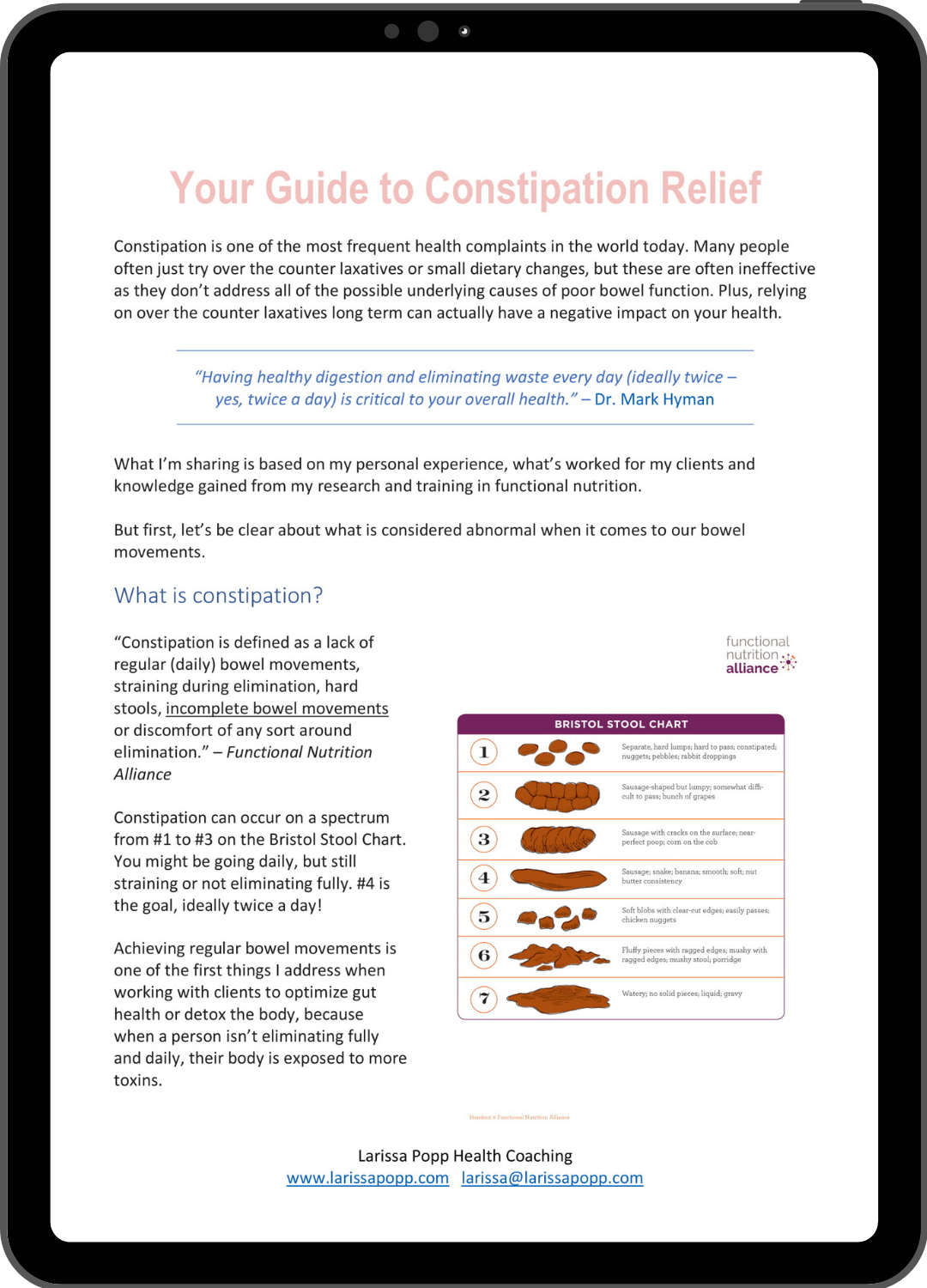How many servings of vegetables did you eat yesterday?
How about dark leafy greens?
Do you even know how many servings you should be consuming to optimize your health and energy?
A serving would be1,4:
- 1 cup of raw leafy greens or ½ cup cooked greens
- ½ cup of cooked or raw other vegetables
- ½ cup of 100% vegetable juice, fresh and without additives
While the USDA guidelines recommend between 5-13 servings of fruits AND vegetables a day for optimal health,1 I prefer to follow the independent guidance of health and nutrition experts, including Dr. Mark Hyman and Dr. Michael Greger.
According to Dr. Michael Greger, an internationally-renowned nutrition expert and physician, in his book How Not to Die (which I’m currently listening to on Audible and highly recommend), it is recommended to consume at least 5 servings of vegetables per day, including at least 2 servings of leafy greens daily and 1 servings of cruciferous vegetables. He defines a serving size as 1 cup raw greens, ½ cup cooked greens, or ½ cup raw or cooked other vegetables.4
Dr. Mark Hyman, in his book “Food: What the Heck Should I Eat?”, recommends between 7-9 servings of vegetables per day (or roughly 4 cups worth), with a focus on slow burning and low glycemic ones that are the most nutritionally dense — which includes: cruciferous vegetables, dark leafy greens (of course!), vegetables from the allium family (garlic, shallots, onion…), high fiber veggies like celery and asparagus, and mushrooms.
Dark leafy greens are the healthiest food on the planet based on their nutrient density (havig the most nutrition per calorie), and thus are highly effective for preventing and reversing many chronic diseases (including many types of cancer, heart disease and hypertension, diabetes, and more). Eating more leafy greens is also one of the best ways to increase your ENERGY, with only positive side-effects that include enhanced athletic performance. I highly recommend checking out the documentary Powered by Green Smoothies, which can be viewed for free on Youtube (the full movie was actually uploaded by the producer because that is how much he believes in getting the message out to the world about the power of green smoothies!).
I challenge you to just try a self-experiment and see for yourself what happens when you eat more greens.
I recently returned from a 3 week visit back to the States — from Kurdistan, Iraq, where I currently live — and I started making green smoothies again each morning for my husband and I, as well as big salads for lunch — which is very different from typical Kurdish cuisine.
After just two days of consuming lots of fresh greens and fruit from the smoothies and salads, my husband — who is Kurdish, and had been eating lots of bread, white rice and beans, few fruits and vegetables while I was gone – commented that he was feeling much lighter and more energetic!
This is the power of eating greens!
You may be wondering, what about the advice to “eat the rainbow”?
While striving to eat a wide array of different colored fruits and vegetables is highly beneficial because pigment is an indication of nutrient content, leafy greens in fact contain many of the other plant pigments (which are simply masked by the high chlorophyll content). Therefore, dark greens actually provide much of the same nutrition (and more) than other vegetables and fruits. “So, in essence, when you’re eating your greens, you’re eating the rainbow,” Dr. Greger states.4
Some of the most nutrient-dense greens are: seaweed, parsley, swiss chard, kale, watercress, collards, mustard greens, bok choy, dandelion greens, spinach, arugula (which is especially good for hypertension4), beet greens, sorrel, mesclun mix, turnip greens, and romaine lettuce.3,4,5 If you’re not a fan of dark leafy greens, I encourage you to at least give spinach or baby kale a try in a simple green smoothie, like this one (the fruit completely masks the taste of the spinach).
And did you know…?
…that you can actually LEARN to like new vegetables by initially adding some sweetness? There is phenomenon known as the flavor flavor phenomenon, in which you can change your taste palette by linking a less favorable flavor, such as sour or bitter, with a more pleasant one, such as sweet. So by simply adding a sweet sauce (such as a balsamic glaze or honey Dijon dressing) to bitter greens or blending greens with fruit, you are actually training your taste buds to get used to the true flavor of those greens. After just a few days you can start to like the greens more than before. So green smoothies are not only a great way to consume lots of greens by masking their flavor with sweet fruit, but you’ll actually be training your taste buds to enjoy greens more on their own. Try it!
So, if you find it difficult to consume 2 cups of leafy greens each day, I suggest you begin a morning green smoothie habit. I find that this is one of the easiest ways to get a sufficient amount of leafy greens and other nutrient-dense fruits and vegetables in your diet daily. You’ll be able to start your day having already gotten 4-5 servings of fruits and veggies.
You would likely never consume the same amount of fruits and vegetables in one sitting if you had to sit and chew it. Digestion is also going to be much easier since the blender already did a lot of the work which means less bloating and gas, and increased nutrient absorption.
We are not simply what we eat. We are what we digest.
Did you know…?
…that many people these days have impaired digestive systems or just don’t chew their food well enough, so often many nutrients from the food are not absorbed and just pass right through without being utilized by the body.
If you’ve never tried a green smoothie, don’t be turned off by the contents or color – my husband actually loves the green smoothies I make and I put a LOT of greens (which he does not love on their own). I even sneaked in some spirulina powder (a type of algae that’s considered a superfood) that I brought back from the U.S. and he didn’t even notice a difference in the taste.
Want to try my go-to green smoothie recipe? Or learn some tips for upgrading your current green smoothie? Check out my blog post: The Only Green Smoothie Recipe You Need to Know.
References:
1 https://www.huffingtonpost.com/irene-rubaumkeller-/fruit-vegetable-servings_b_926400.html
2 https://www.fmtv.com/media/uploads/downloads/heal-yourself-masterclass-fridge-bundle.pdf
3 https://www.myfooddata.com/articles/most-nutrient-dense-foods.php#more-high-nutrient-foods
4 Dr. Michael Greger, How Not to Die, 2015.



Very good even I don’t understand all of thing and I didn’t read all of them bu really you did a great thing . You are very good I proud of you